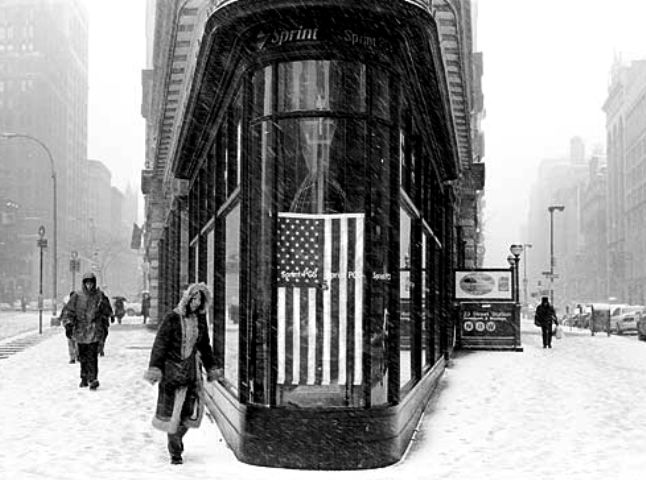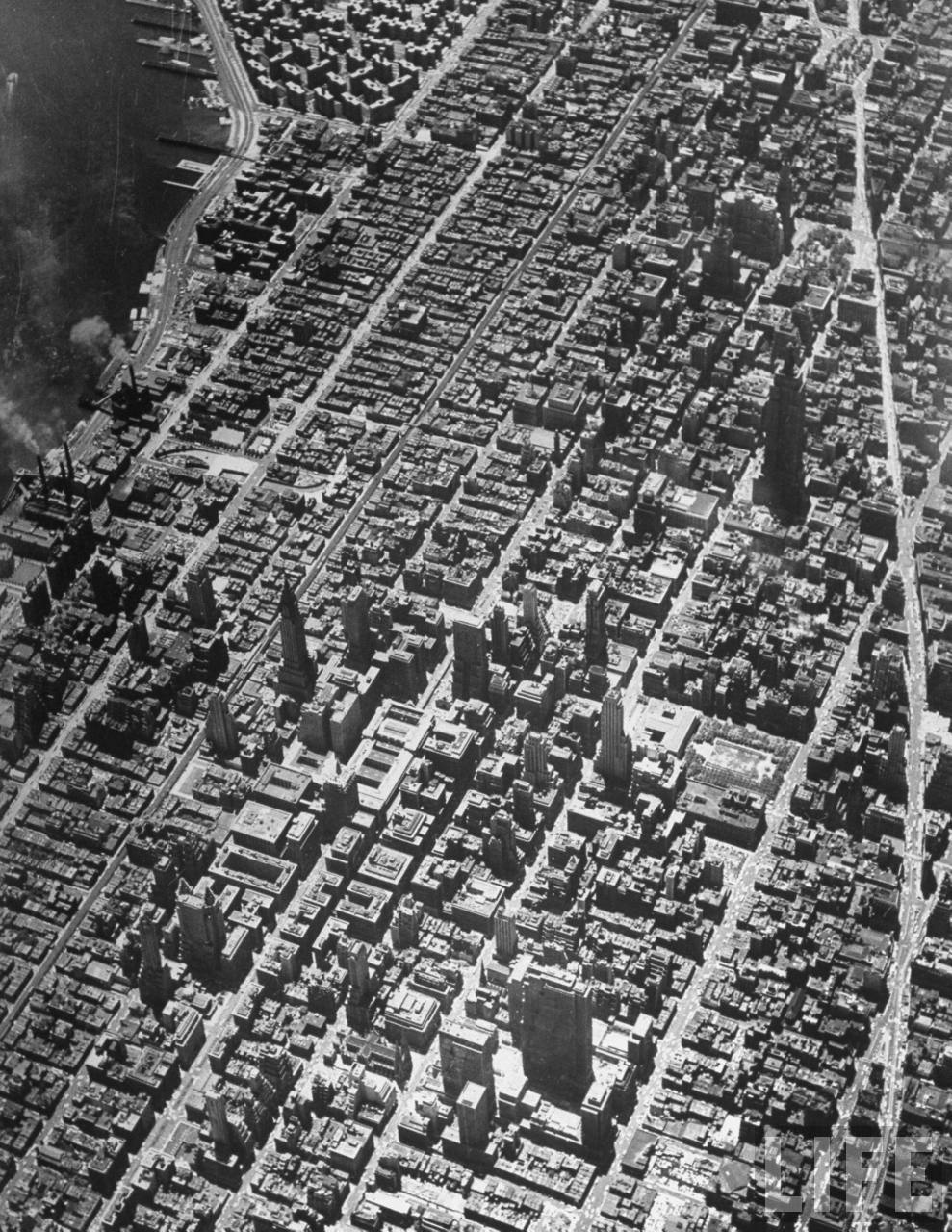Publication History:
“Just Before the War with the Eskimos” appeared in the June 5, 1948 issue of The New Yorker and was reprinted in Salinger’s 1953 collection Nine Stories.
Character List:
Ginnie Maddox: A young woman of 15. She has been playing tennis with Selena for at least five weeks.
Selena Graff: Another young woman, whose mother has pneumonia. She is also 15 and has a brother named Franklin.
Franklin Graff: Selena’s Brother, Franklin is 24 years old and has not gone to the war due to his being classified 4-F for a bad heart. He has been working in an airplane factory.
Eric: Franklin’s friend. Eric has an effeminate personality and has been living with a writer.
Summary:
Ginnie Maddox and her classmate Selena have been playing tennis for several weeks. Though Selena always brings fresh cans of tennis balls, she never contributes to the cab fare. Ginnie becomes annoyed and insists that Selena reimburse her the cost of the cab fares she has paid. Selena tries to explain to Ginnie that her mother is ill and she could give her the money in class later, but Ginnie becomes insistent and waits for Selena to go upstairs and retrieve the money from her mother.
While she waits, Ginnie talks with Selena’s brother Franklin whose overall physical demeanor she finds repulsive, and who is 4-F status and has been working in an airplane factory for the past few years. Franklin has cut his finger and is working to heal it while he talks with Ginnie. He offers her a half of a chicken sandwich, then dashes upstairs to finish getting ready. As he goes upstairs, Franklin’s friend Eric arrives. Eric and Franklin hare plans to go see Cocteau’s Beauty and the Beast, which Eric thinks is magnificent; he also admires Ginnie’s camel’s hair coat, and talks at length about his roommate, who is a writer.
(Ed. Note: These observations, are Eric’s effeminate language and gesture signal the potential that Eric [and perhaps by association, Franklin] can be interpreted as gay characters.)
When Selena finally returns with the money, Ginnie tells her to keep it and suggests she might come over later, even though she had previously indicated that she had plans for the evening. On her walk home, she takes the chicken sandwich half out of her pocket, but decides against throwing it aaway, noting how it had once taken her three days to discard a dead Easter chick.


